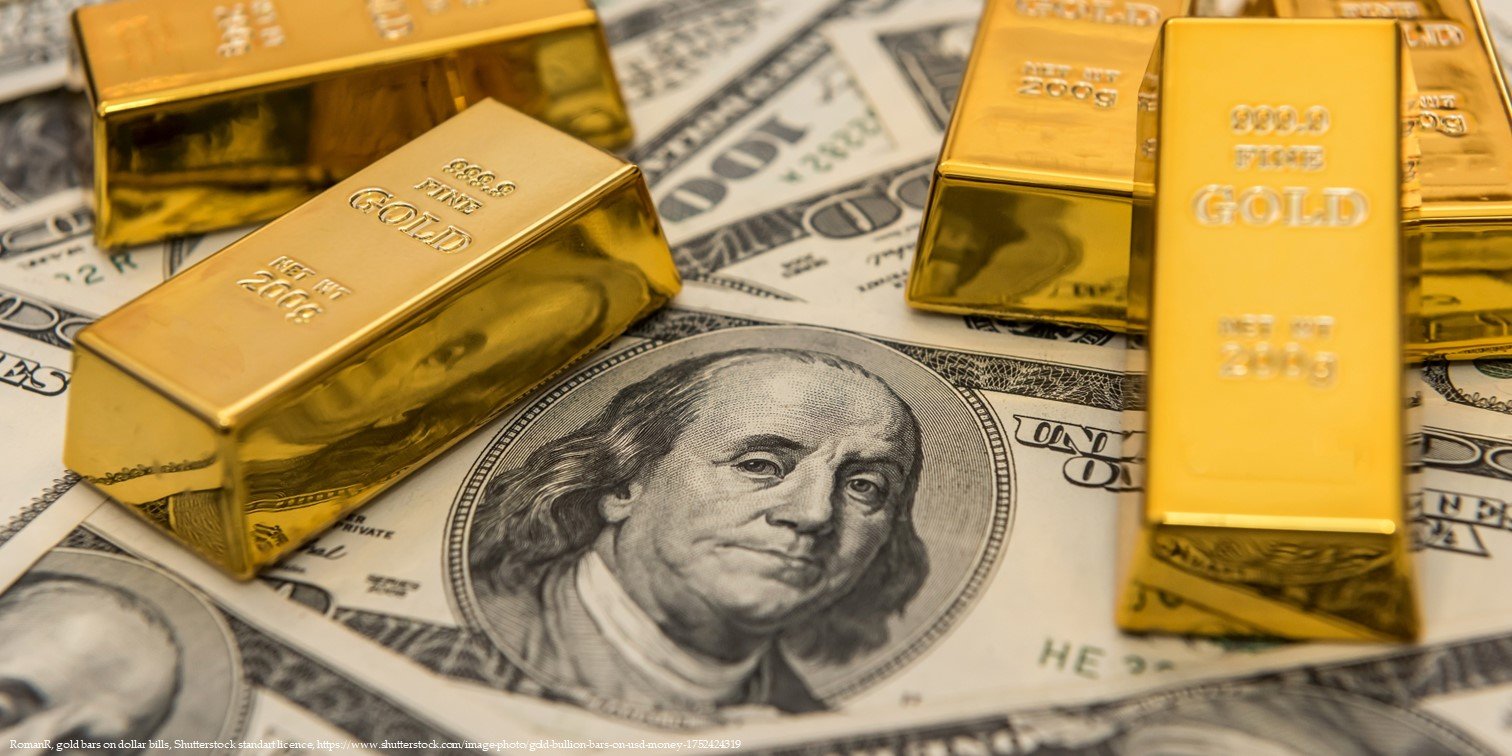Gold Stands Steady Over $3,000 in Face of Trump’s Secondary Tariffs and Nerves in Markets
Gold is standing firm over the $3,000 level amid markets processing U.S. President Donald Trump’s recently implemented secondary tariffs against countries importing Venezuelan oil. While reciprocals are being relaxed for countries reshoring manufacturing, fresh tariffs on autos, aluminum, and pharmaceuticals are imminent, further driving market uncertainty. Gold-backed ETFs are drawing growing interest, reflecting robust demand for bullion. At the same time, Trump’s import tariffs on Chinese-built ships are causing unease in the US agricultural industry. Gold is technically under resistance at $3,046, with the level of support at $2,997, so the $3,000 level is an essential barrier to holding its upward momentum. KEY LOOKOUTS • The $3,000 level continues to be a vital support level; below that may see further selling pressure. • Markets are observing closely the implications of Trump’s 25% secondary tariffs on those who import Venezuelan oil, notably China and India. • Rising demand for gold-backed ETFs shows increasing investor bullishness towards bullion, which could underpin higher prices. • Impending tariffs on autos, aluminum, and pharmaceuticals could generate additional market volatility and affect global trade flows. Gold prices are still in the spotlight as markets weigh the implications of U.S. President Donald Trump’s secondary tariffs against nations that are buying Venezuelan oil, including India and China. As gold remains above the pivotal $3,000 level of support, investors are anticipating signs of a breakout or further selling pressure. The increase in bullion-backed ETF inflows is an indicator of growing demand that may sustain higher prices. Meanwhile, Trump’s plan to impose new tariffs on cars, aluminum, and pharmaceuticals adds to market uncertainty, potentially influencing broader commodity trends and global trade relations. Gold remains above the significant $3,000 level as markets respond to Trump’s follow-on tariffs against nations purchasing Venezuelan oil. Growth in demand for gold-backed ETFs indicates investor demand, but the imposition of tariffs on main sectors in the future contributes further to global trade uncertainty. Speculators are eyeing a breakdown or fresh selling pressure in the next few days. • Residing above this level is central to maintaining positive momentum. • Markets are weighing the effect of fresh 25% tariffs on nations purchasing Venezuelan oil. • More investment in bullion-backed ETFs indicates increased faith in gold. • Traders are looking for a break above resistance at $3,046 or a fall below support at $2,997. • Fresh tariffs on automobiles, aluminum, and drugs might fuel further market instability. • More tariffs on Chinese-built ships might hinder U.S. agriculture exports. • The next significant resistance level is still a primary target for bullish momentum. Gold is still in the limelight as markets respond to U.S. President Donald Trump’s recent economic policies, especially the imposition of secondary tariffs. The tariffs, imposed on nations that continue to buy oil from Venezuela, are likely to affect large economies such as China and India. The action marks a transition from tit-for-tat tariffs to a more strategic one designed to apply economic pressure without explicit trade confrontation. Trump has also suggested additional tariffs on automobiles, aluminum, and drugs, further clouding global markets. The policy change could have far-reaching implications for international trade and investment flows, shaping market sentiment towards safe-haven assets such as gold. XAU/USD DAILY PRICE CHART CHART SOURCE: TradingView Investor sentiment in gold is evident through the rising inflows into bullion-backed exchange-traded funds (ETFs), indicating firm demand for the commodity. As geopolitical tensions continue to increase and trade restrictions undergo a transformation, investors are finding refuge in gold as a hedge against economic volatility. Mergers and acquisitions within the gold mining industry are also receiving more focus, such as Gold Fields’ $3.3 billion offer for Gold Road Resources. While central banks and institutional investors watch these trends, the long-term role for gold as a safe-haven store of value continues unabated in the midst of changing global policy and market forces. TECHNICAL ANALYSIS Gold is consolidating above the critical $3,000 support level, with the focus on resistance levels for a breakout. The near-term resistance is at $3,028, then a firmer barrier at $3,046, close to last week’s highs. If gold breaks above this level, it may retest its all-time high of $3,057. On the downside, support at $2,997 is pivotal, and a break below this level may invite further selling pressure. The absence of robust support below $3,000 creates fear of downside risks, so this level becomes a battleground for traders. With tariff news driving market volatility, gold price action is likely to remain active in the near term. FORECAST The bullish trend in gold is intact as long as it remains above the key $3,000 level. If the buying pressure persists, a break above $3,046 could set the stage for a retest of the all-time high at $3,057. Persistent buying from gold-backed ETFs and rising geopolitical tensions, especially from U.S. trade policies, may add support for further gains. In case gold crosses its current high, the next possible resistance zone may be seen around $3,075–$3,100, thanks to robust investor sentiment and safe-haven buying. On the flip side, gold is exposed to breaking below the $3,000 psychological support level, which may induce further selling pressure. If prices fall to below $2,997, the next level of support stands at $2,984, at which point buyers might try to shore up the market. Further decline would bring a possible move to $2,950, particularly if investor optimism falters from further relief on trade tensions or more robust U.S. economic indicators. Lacking solid support points under $3,000, any sudden plunge could fuel losses in the near term.












